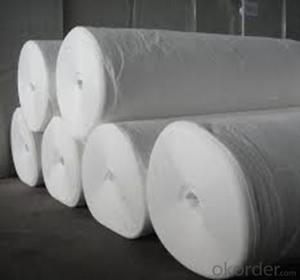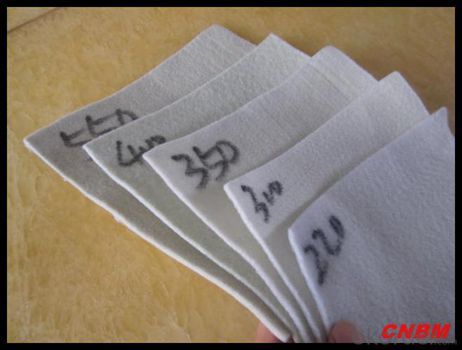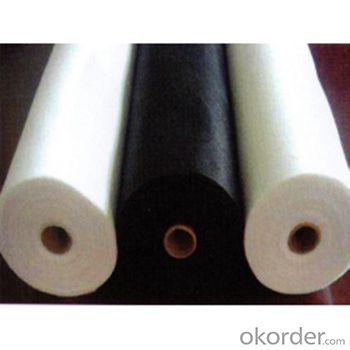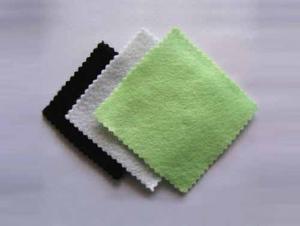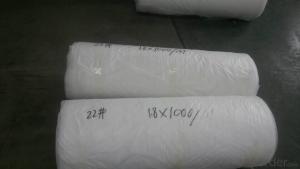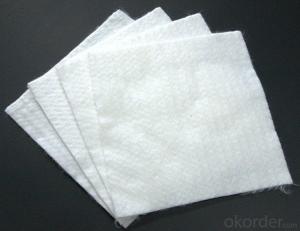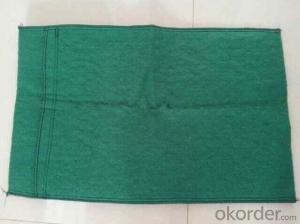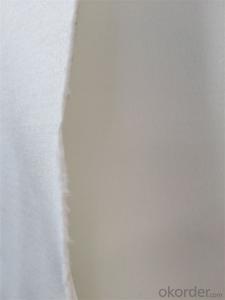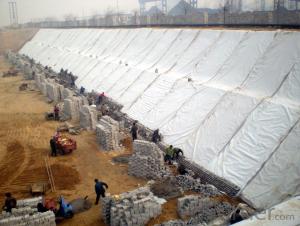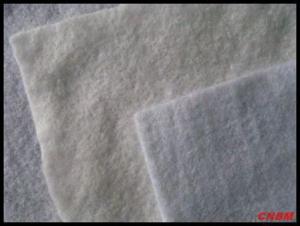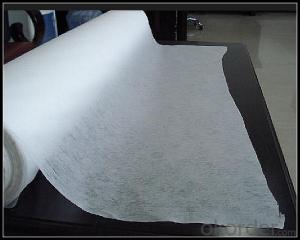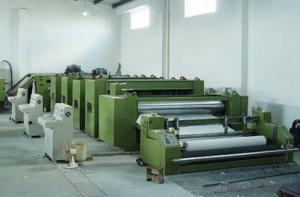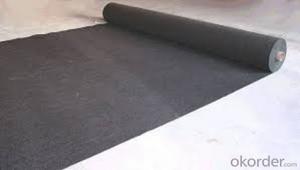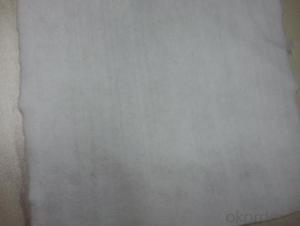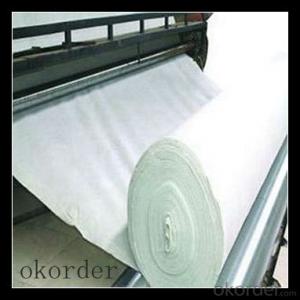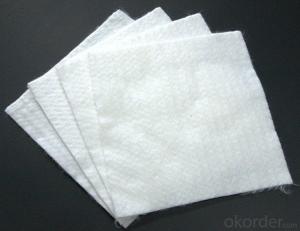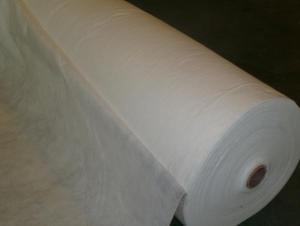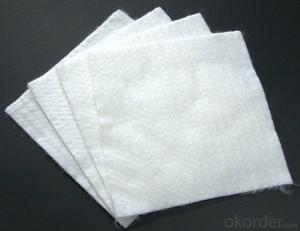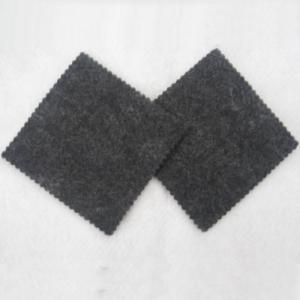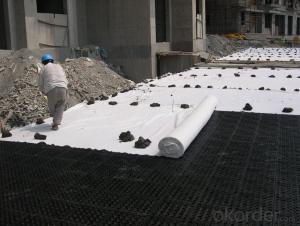12 Oz Non Woven Geotextile Fabrics for Dam-CNBM
- Loading Port:
- China main port
- Payment Terms:
- TT OR LC
- Min Order Qty:
- 30000 g/m²
- Supply Capability:
- 10000000 g/m²/month
OKorder Service Pledge
OKorder Financial Service
You Might Also Like
Specification
Our company produces all kinds of Geotextile,like 4-6m width,thickness 80-400 g/square meter.machine woven geotextile.It's widely applied to road,railway,water conservancy project.
Feature:
1. High tension.Because it's made of Plastic flat yarn,it can keep enough tenacity and stretching.
2. Non-corrosive.It can be non-corrosive for long time in soil and water with different PH value.
3. Good Water Permeability.There is space between flat yarn,so it has good water permeability.
4. Good antimicrobic. For organisms,there will be no worm-holes.
5. Easy construction.Because of light material,soft,it's easy for transportation,spreading out and construction.
FAQ:
Q: What kind of payments does jenor support?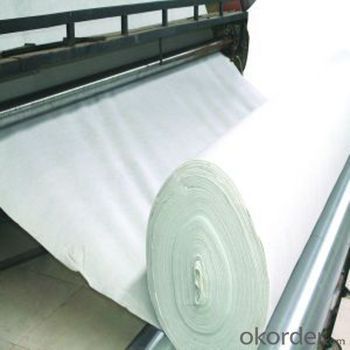
A: T/T, L/C, Cash are accepted.
Q: Do you charge for the samples?
A: Accordeing to our company policy, the samples are free, we only charge the freight fee. And we will return the freight fee during the next order.
Q: Can you produce according to customers' design?
A: Sure, we are professional manufacturer, OEM and ODM are both welcome.
Q: Do you have other products?
A: Yes, please check the pictures:
Packaging & Shipping
Packing: PLASTIC FILM INSIDE, AND WOVEN BAG OUTSIDE
Shipping: About 15 days after receipt the deposit
Quality assurance
1.On a regular basis or as per your request,we entrust national testing agencies to conduct quality inspections
2. Strictly in accordance with the ISO9001-2008 international quality system standard,we monitor and manage the whole process throughout production,quality testing,and measurement to ensure product quality
3. For quality-related construction delay or substandard construction(except for damage or losses due to customer’s responsibility or irresistible natural disasters),we have refunding,replacement,and repair services.We will respond to customers’ feedbacks on quality issues within 24 hours.
- Q: 200g 300g 400g non-woven geotextile price
- 200 grams of non-woven geotextile Price: 1.40 yuan. 300 grams of non-woven geotextile Price: 2.10 yuan. 400 grams of non-woven geotextile price of 2.80 yuan.
- Q: Are geotextiles resistant to fire damage?
- Yes, geotextiles can be resistant to fire damage. Many geotextiles are specifically designed to have fire-resistant properties, which help prevent them from igniting or spreading flames. However, it is important to note that the level of fire resistance may vary depending on the specific type and composition of the geotextile.
- Q: Where is the geotextile in the municipal works?
- Conservation, consideration, there is more green and more Chinese geotextile material manufacturers
- Q: What are the factors to consider when designing with geotextiles?
- When designing with geotextiles, there are several factors that need to be considered. These include the specific application or purpose of the geotextile, the physical and mechanical properties of the geotextile, the site conditions and environmental factors, the installation methods and techniques, and the long-term performance and durability requirements. Additionally, factors like cost, availability, and compatibility with other materials should also be taken into account during the design process.
- Q: Can geotextiles be used in soil erosion control on construction sites?
- Yes, geotextiles can be used in soil erosion control on construction sites. Geotextiles are permeable fabrics that can be placed on the soil surface to prevent erosion by stabilizing the soil and allowing water to pass through while retaining sediment. They are effective in controlling erosion, reducing sediment runoff, and maintaining soil integrity during construction activities.
- Q: What are the advantages of using geotextiles in hydraulic applications?
- Geotextiles offer numerous advantages in hydraulic applications. Firstly, they provide effective filtration, allowing water to pass through while retaining fine particles and preventing clogging of drainage systems. Additionally, geotextiles enhance soil stability and prevent erosion by reinforcing the soil structure. They also aid in water drainage and control, reducing the risk of excess water buildup and potential damage to infrastructure. Geotextiles are easy to install and cost-effective, making them a practical choice for various hydraulic projects.
- Q: Can geotextiles be used in coastal protection projects?
- Yes, geotextiles can be used in coastal protection projects. Geotextiles are commonly used as erosion control measures in coastal areas. They can help stabilize soil, prevent erosion, and enhance the overall resilience of coastal structures. Additionally, geotextiles can provide a protective barrier against wave action and filter out sediment, making them an effective solution for coastal protection projects.
- Q: What are the different weight options available for geotextiles?
- Geotextiles are available in a range of weight options, typically measured in grams per square meter (gsm). Some common weight options include 100 gsm, 200 gsm, 300 gsm, and 400 gsm. The choice of weight depends on the specific application and the required strength and durability of the geotextile.
- Q: Can geotextiles be used in underground drainage systems?
- Yes, geotextiles can be used in underground drainage systems. Geotextiles are often used as a filter and separator in these systems to prevent the migration of fine particles and to enhance the overall performance and longevity of the drainage system.
- Q: Permeable geotextile price how much
- See specifications, specifications are not the same indicators, the price is not the same, Huazhi geotextile material manufacturers
Send your message to us
12 Oz Non Woven Geotextile Fabrics for Dam-CNBM
- Loading Port:
- China main port
- Payment Terms:
- TT OR LC
- Min Order Qty:
- 30000 g/m²
- Supply Capability:
- 10000000 g/m²/month
OKorder Service Pledge
OKorder Financial Service
Similar products
Hot products
Hot Searches
Related keywords





